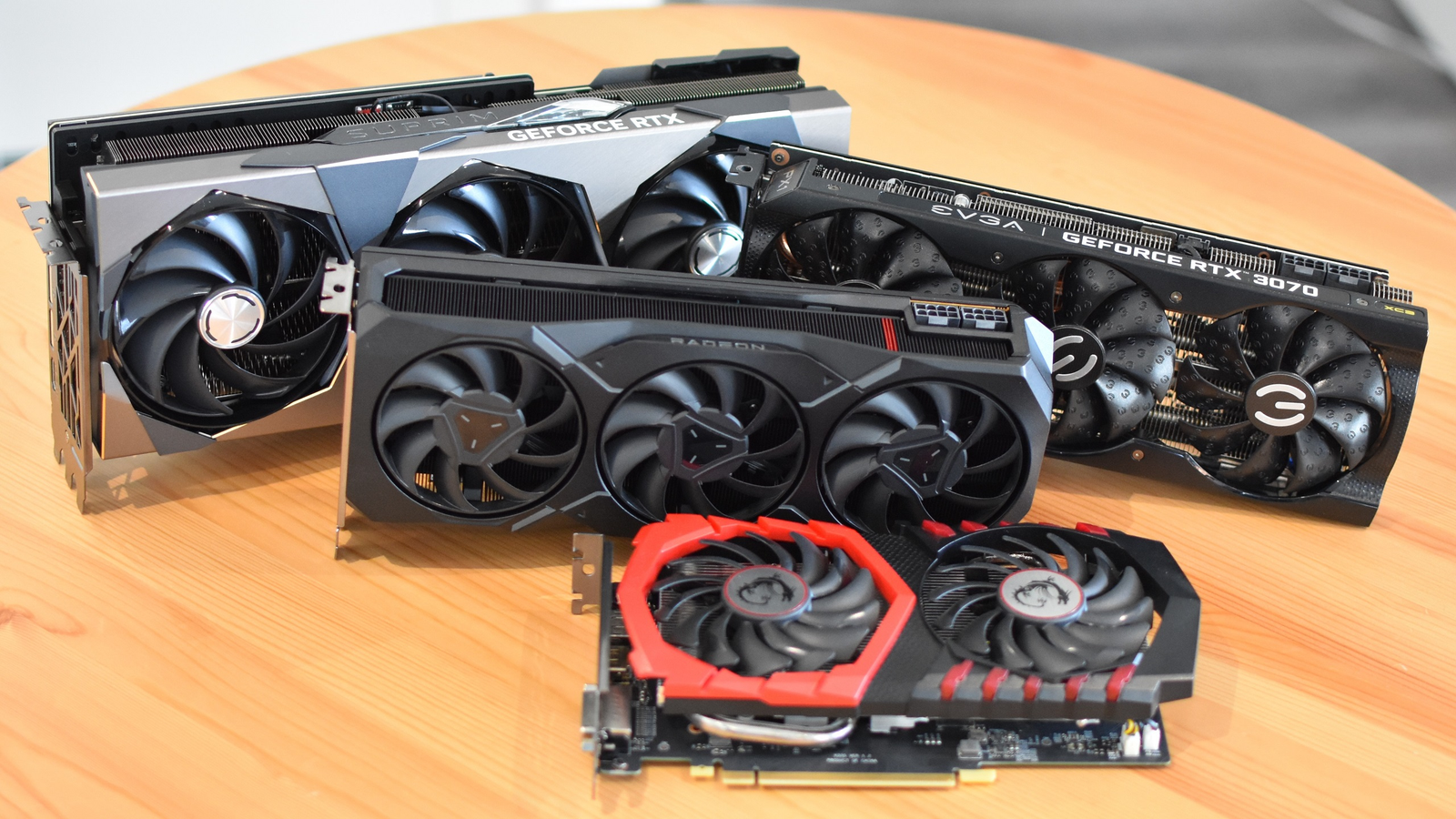Exploring Computer Graphics Cards
In the world of modern computing, graphics cards, also known as GPUs (Graphics Processing Units), play a pivotal role in delivering immersive gaming experiences, accelerating complex tasks, and powering advanced visual applications. In this article, we will delve into the fascinating realm of computer graphics cards, understanding their significance, evolution, and the impact they have on various aspects of our digital lives.
The Backbone of Visual Computing
Computer graphics cards are the unsung heroes behind the breathtaking visuals in video games, the smooth playback of high-resolution videos, and the rapid rendering of complex 3D models. These specialized pieces of hardware are designed to process and render graphical data quickly and efficiently, taking the burden off the CPU (Central Processing Unit) and allowing for more fluid and realistic visuals.
Evolution and Performance
Over the years, graphics cards have seen a remarkable evolution in terms of both hardware and software. Moore’s Law, which predicted the doubling of transistors on a chip roughly every two years, has held true for GPUs, resulting in exponential performance gains. Graphics cards have become more powerful, featuring multiple cores and advanced architecture to handle increasingly complex graphical tasks. This evolution has paved the way for real-time ray tracing, high refresh rates, and 4K and even 8K gaming experiences.
Gaming and Beyond
While gaming remains one of the primary applications of graphics cards, their utility extends far beyond entertainment. GPUs are now indispensable tools for professionals in fields like 3D modeling, animation, scientific simulations, and artificial intelligence. Tasks that once took hours or even days to complete can now be done in a fraction of the time, thanks to the parallel processing capabilities of modern graphics cards.
The Future of Graphics Cards
The future of computer graphics cards is promising and filled with exciting possibilities. Advancements in AI and machine learning are driving the development of specialized AI-focused GPUs, opening new horizons for applications in healthcare, finance, autonomous vehicles, and more. Moreover, as gaming and content creation continue to demand higher fidelity and performance, graphics cards will likely keep pushing the boundaries of what’s achievable in the digital world.
In Conclusion
Computer graphics cards are the unsung heroes that bring our digital experiences to life. Their evolution, from humble beginnings to the powerhouses of today, has transformed how we interact with technology. As we look ahead, graphics cards are poised to continue driving innovation in gaming, visual computing, and various other industries, making them an integral part of our increasingly digital world.
